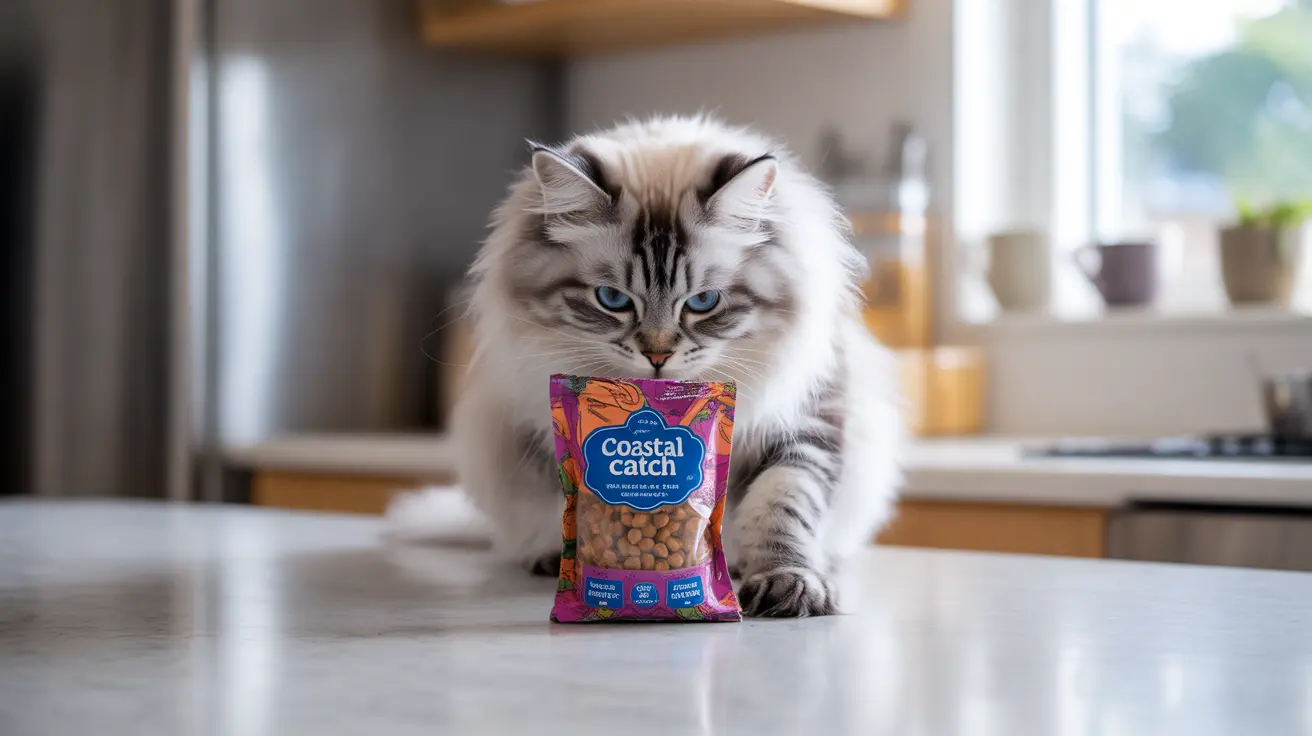For cat owners, the unmistakable sound of a treat bag rustling can transform even the most aloof feline into an eager, attentive companion. This phenomenon isn't just coincidence – there are fascinating biological, psychological, and evolutionary reasons behind why cats like treats so much.
From their heightened sense of smell to their instinctual drive for high-calorie foods, cats are naturally programmed to respond enthusiastically to treats. Understanding this behavior can help pet owners use treats more effectively while maintaining their cat's health and happiness.
The Science Behind Cats' Treat Obsession
Cats' love for treats stems from several biological factors. Their powerful sense of smell, which is fourteen times stronger than humans', makes them particularly responsive to the concentrated aromas in commercial treats. Additionally, treats typically contain higher levels of protein and fat than regular cat food, triggering their natural instinct to seek out calorie-dense nutrition.
Modern cat treats are specifically engineered to appeal to feline sensory preferences. Manufacturers often include specialized flavor enhancers and aromatic compounds that cats find irresistible, making treats even more appealing than regular food.
The Evolutionary Connection
Our domestic cats' ancestors were skilled hunters who needed to capitalize on every feeding opportunity. This instinct persists in modern house cats, making them particularly responsive to high-value food rewards. Treats often represent a "bonus" food source, triggering this ancestral foraging drive.
The Role of Positive Reinforcement
Treats play a crucial role in the bond between cats and their owners. When cats receive treats, their brains release dopamine, creating a positive association with both the treat and the person giving it. This chemical response reinforces the behavior and strengthens the human-animal bond.
Nutritional Aspects of Cat Treats
Quality cat treats can provide additional nutritional benefits beyond their reward value. Many contain essential nutrients like taurine for heart health, omega-3 fatty acids for coat condition, and vitamins for overall wellness. Some specialized treats even support dental health or help with hairball control.
Safe Treat Practices and Guidelines
While treats are beneficial for bonding and training, moderation is key. Veterinarians recommend that treats should constitute no more than 10% of a cat's daily caloric intake. Excessive treat consumption can lead to obesity and nutritional imbalances.
Frequently Asked Questions
Why do cats prefer treats over their regular food?
Cats often prefer treats because they're formulated with higher levels of fat and protein, plus enhanced flavors and aromas that make them more appealing than regular cat food. The novelty factor and positive associations also play important roles in this preference.
What makes cat treats so appealing to cats' senses and instincts?
Cat treats appeal to felines through concentrated aromas, specific texture profiles, and high-value ingredients that trigger their hunting and foraging instincts. The strong smells and flavors are particularly enticing to cats' superior olfactory capabilities.
How can I use treats safely without causing my cat to gain weight or have nutrition imbalances?
Limit treats to 10% of your cat's daily caloric intake, choose high-quality treats with natural ingredients, and maintain regular feeding schedules with proper portion control. Consider breaking treats into smaller pieces to reduce caloric intake while maintaining the reward value.
What types of cat treats are healthiest and best for my cat's overall well-being?
The healthiest cat treats are those made with natural ingredients, real meat as the primary ingredient, and no artificial preservatives or fillers. Look for treats that provide additional benefits like dental care or added nutrients, and always check the ingredient list.
How can treats help with training and strengthening the bond with my cat?
Treats are excellent tools for positive reinforcement during training sessions and can help create positive associations with activities like nail trimming or carrier training. Regular treat-giving sessions can also become special bonding moments between cats and their owners.
Conclusion
Understanding why cats like treats so much helps us use them more effectively for training, bonding, and enrichment. By choosing high-quality treats and using them responsibly, we can enhance our relationships with our feline companions while maintaining their health and well-being.






